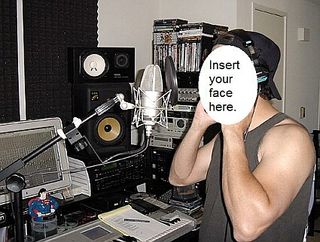Getting Started With Digital Audio
Introduction
Multitrack recording was once only available to engineers with access to massive consoles in expensive studios. Today, advances in computing technology and the evolution of the digital audio workstation have changed all that. Computers have put into your hands the power to record, edit, process, mix, and remix audio, and even synthesize any imaginable sound. In so doing, they have changed the way that we make, listen to, and even distribute music. With high quality digital audio workstations now so affordable and relatively easy to use, we decided we should show you how to set up one yourself, so you too can produce and engineer music with your home computer.

What you'll need to get started depends on the goals of your studio, as well as your budget. It's good to know, however, that the ideal setup doesn't have to cost an arm and a leg. All you really need is an audio interface, music software, and your imagination.
If you have worked with digital audio before and have some idea about what you are looking for in your software, skip this paragraph. Otherwise, there are a few basics that you need to understand. When sound is recorded, sound waves are converted to digital information through an analog to digital (AD) converter that is built into every sound card with a line in feature. To listen to music from your computer, it is converted from digital information back to analog; the device that performs this task is called a digital to analog converter (DA). The two most important factors in the quality of the sound are the sample rate (44.1 kHz, 48 kHz, 96 kHz, etc.) and the bit rate (usually 16 or 24 bits) - CDs are always 16-bit and 44.1 kHz. Here is a more in-depth explanation of what these terms mean, and a good introduction to the basics of digital and analog audio in general.
Stay on the Cutting Edge
Join the experts who read Tom's Hardware for the inside track on enthusiast PC tech news — and have for over 25 years. We'll send breaking news and in-depth reviews of CPUs, GPUs, AI, maker hardware and more straight to your inbox.
Most Popular


